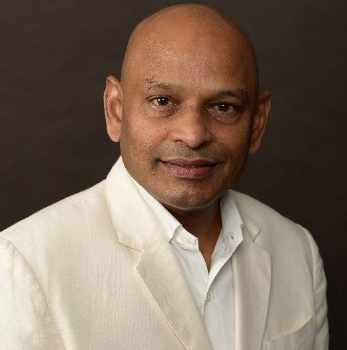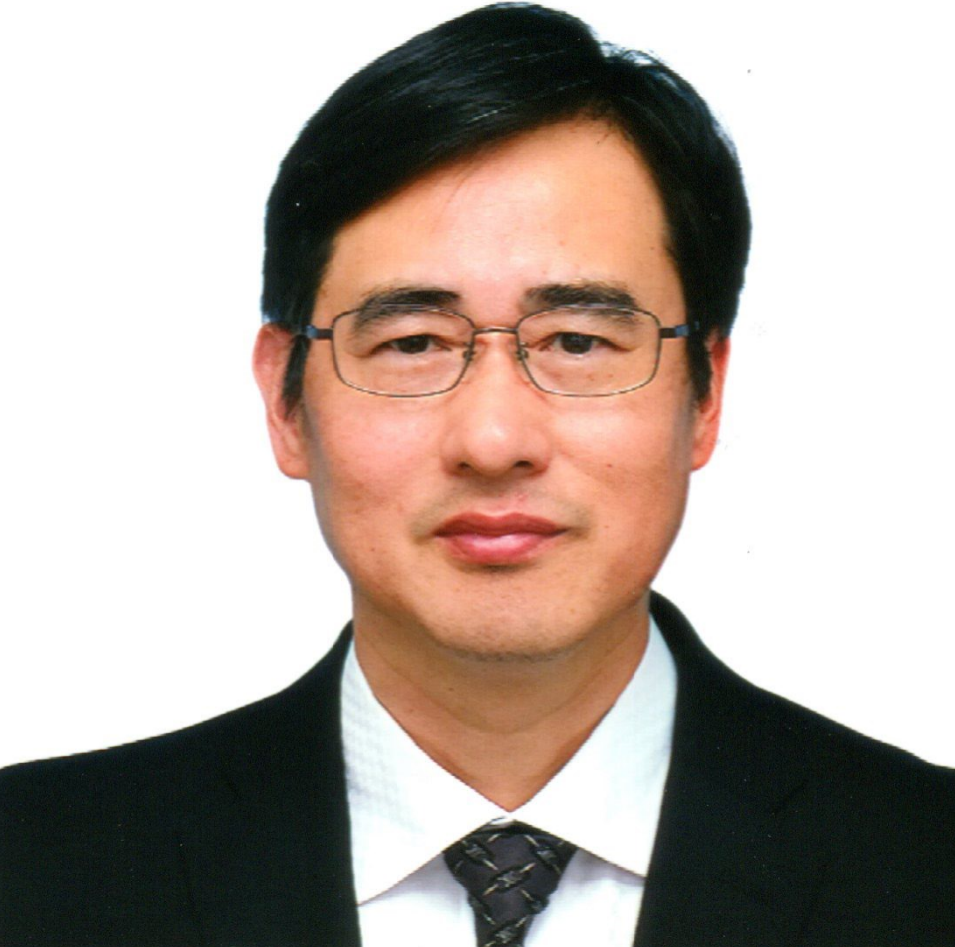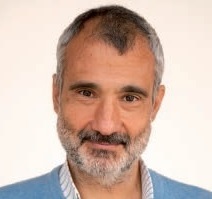Keynote Speakers
Prof. Seeram Ramakrishna
FREng, FBSE, Everest Chair, Circular Economy Taskforce,National University of Singapore, Singapore
Speech Title: Intelligent Materials & Systems: Healthcare
Abstract: Biomaterials development is synonymous with improvements in the healthcare outcomes and well-being of human race on planet earth. This can be appreciated from the critical importance of personal protection equipment (PPE), facemasks, temperature measurement devices, sensors, diagnostic kits, emergency medical care, vaccines, and medicines used worldwide to eradicate the COVID19 pandemic (https://doi.org/10.1016/j.bios.2020.112731). The isolation and social distancing measures due to COVID19 also affected the emotional and mental wellbeing of people and healthcare professionals. A technology start-up company Neuralink (https://www.neuralink.com/) announced a neural interface or in-brain device that could potentially solve neurological challenges from memory loss, hearing loss and vision loss to paralysis, depression and brain tissue damage. Moreover, it is envisaged that with further research and innovation the brain-machine interface will enable humans to control external devices such as computers and phones via thoughts. Aforementioned enabled by the advances in the field of biomaterials science & engineering, and availability of thousands of diverse biomaterials.
History of biomaterials is akin to 300,000 years of existence of human race on the planet earth (https://doi.org/10.1080/07373937.2020.1829885). For most part, humans relied on easily sourced materials from the immediate nature. Over the recent 2,000 years, humans learnt to process raw materials sourced from the nature into useful metals & alloys and ceramics. More recently, i.e. 20th century, humans learnt to produce a range of synthetic polymers and their composites with ceramic additives. Via trial and error, humans found out that a few of these numerous engineered materials are suitable for treating or augmenting diseased or damaged tissues of the human body. As they are not purposefully designed to appropriately interact with the host tissues of human body, they are denoted as ‘passive biomaterials’. In recent three decades, building on the advances in molecular biology, biochemistry, stem cells, biotechnology and biomedical engineering, the biomaterials are purposefully designed to interact with the host tissues and cells in specific ways for realising improved health care outcomes. They are designed by mimicking the microstructure and underpinning functional mechanisms of natural and healthy tissues of the human body. Hence, we can denote them as ‘engineered biomimetic biomaterials’, which are being experimented in the emerging fields of tissue engineering, regenerative medicine, stem cells, and nanomedicine. Moving forward, ‘intelligent biomaterials’ are necessary to meet the growing demands of healthcare. Wherein, an intelligent biomaterial or cognitive biomaterial can be described to have the ability to be aware of external stimuli and learn from it to optimize response behaviors for achieving its choices or goals to the greatest extent for optimal performance. Intelligent biomaterials are capable of processing external signals as well as internally generated signals in order to take actions that maximize its chance of successfully achieving its goals (Liu et al., Intelligent Materials, Matter, 2020, https://doi.org/10.1016/j.matt.2020.07.003). Currently, available protein and lipid based bioactive materials, shape memory materials, piezoelectric materials, photoelectric materials, and thermoelectric materials are nascent examples of intelligent biomaterials. Often, the scientific literature refers them as smart biomaterials. Recent advances in quantum biology (https://www.technologyreview.com/2019/11/09/238365/a-natural-biomolecule-has-been-measured-acting-in-a-quantum-wave-for-the-first-time), and examples of intelligent materials in the nature inspire the biomaterials community to advance the domain of intelligent biomaterials.
This lecture will illustrate the intelligent biomaterials & systems necessary to enable futuristic healthcare and well-being. Moreover, the potential for more effective antimicrobial and antiviral surfaces and treatments; regenerative medicine; neural interfaces & neuroprosthetics; next generation medical devices; wearables and personalised healthcare will be deliberated in this lecture.
Biography: Professor Seeram Ramakrishna, FREng, FBSE, Everest Chair is among the top three impactful authors at the National University of Singapore, which is ranked among the top ten engineering universities of the world. He is the Director of Center for Nanotechnology & Sustainability. Listed among the top three scientists of the world in Biomedical Engineering based on career-long impact of researchers or c-score. Thomson Reuters identified him among the World’s Most Influential Scientific Minds. His Google Scholar citations reach ~116,000 and H-index 160. Clarivate Analytics recognized him among the Top 1% Highly Cited Researchers in the world in materials science and cross-fields categories. Microsoft Academic ranked him among the top 50 impactful persons out of three million materials researchers worldwide. He co-authored books An Introduction to Biomaterials Science & Engineering; Medical Devices- Standards, Regulations and Practices; Biomaterials- A Nano Approach; and An Introduction to Bio-composites. He is the Biomaterials Editor of Elsevier Current Opinion in Biomedical Engineering. He is regarded as the guru of electrospinning and nanofibers for diverse applications. Prof. Ramakrishna is an elected Fellow of UK Royal Academy of Engineering (FREng); Singapore Academy of Engineering; Indian National Academy of Engineering; and ASEAN Academy of Engineering & Technology. He is also an elected Fellow of American Association of the Advancement of Science (AAAS); ASM International; American Society for Mechanical Engineers (ASME); American Institute for Medical & Biological Engineering (AIMBE); Institution of Mechanical Engineers, IMechE and Institution of Materials, Minerals & Mining, IoM3, UK; ISTE, India; and International Union of Biomaterials Science & Engineering (FBSE).
Prof. Qixin Guo
Department of Electrical and Electronic EngineeringDirector of Synchrotron Light Application Center
Saga University, Japan
Speech Title: Efficient Color-tunable Emission from Rare Earth Doped Gallium Oxide Films
Abstract: Color-tunable light emitting diodes are of high interest because they would rely on primary color mixing rather than blue-light stimulated phosphors, avoiding impact on human sleeping habits and circadian rhythms caused by excessive blue light, and allowing for smaller pixels in display applications. Color-tunable light emitting diodes can be fabricated by using InGaN with different indium concentration as luminescence layers. However, the emission wavelength is unstable due to its temperature dependence of bandgap.
Rare earth (RE) doped semiconductors, which exhibit strong and sharp emission due to intra-4f-shell transitions in RE ion cores, have potential applications in color display and luminescence devices. Historically, much effort has been made to produce visible color emission using RE doped GaN. It has been reported that the luminescence efficiency of dopant emissions could be highly improved with a wide bandgap host. Moreover, the wide bandgap semiconductors exhibit highly thermal and chemical stability, which make them ideal hosts for Er ions. We have demonstrated that green and red emissions are clearly observed from the Er and Eu doped Ga2O3 films respectively. We found that the normalized emission intensity of the RE doped Ga2O3 films has a smaller temperature variation compared to that of the RE doped GaN films. In this talk, we report on the structure, surface morphology and optical properties of these RE doped Ga2O3 films. Recent progress on the characteristics of the color-tunable light emitting diodes by using the multilayer structured RE doped Ga2O3 films will also be presented.
Biography: Prof. Dr. Guo received B. E., M.E., and Dr. E degrees in electronic engineering from Toyohashi University of Technology in 1990, 1992, and 1996, respectively. He is currently a Professor of Department of Electrical and Electronic Engineering, Saga University as well as Director of Saga University Synchrotron Light Application Center. His research interests include epitaxial growth and characterization of semiconductor materials. Prof. Guo has published more than 300 papers in scientific journals including Nature Communications, Advanced Materials, Physical Review B, and Applied Physics Letters.
Prof. José M. Torralba
Professor, Department of Materials Science and Engineering,The Universidad Carlos III de Madrid (UC3M)
Senior Scientist at IMDEA Materials Institute, Spain
Speech Title: High Entropy Alloys obtained by Powder Metallurgy
Abstract: High entropy alloys (HEAs) are a new family of metallic materials that have attracted important attention in the last 16 years. This materials engineering’ field has increased enormously, and today, more than 11,000 papers and patents related to this topic have been published; additionally, different subbranches such as “refractory high entropy alloys”and “eutectic high entropy alloys” have emerged. HEAs were first developed via ingot metallurgy, but in this family of alloys, which uses five or more elements and many with dissimilar density, it is difficult to obtain a good level of solubility during melting and to avoid segregation during solidification. In this case, powder metallurgy (PM) is a forming technology that can avoid many problems present in conventional ingot metallurgy, offering a better microstructural control, the possibility of nanocrystalline materials or the capability of developing metal matrix composites without the segregation issue. The first papers related to HEAs manufactured by PM appeared in 2008. PM offers some particular advantages over ingot casting, including two particular benefits over other forming techniques: 1) it can be applied when metals with dissimilar densities must be used, which is the case when lightweight HEAs are developed and 2) it can be applied when many metals with notably high melting points are involved, the so-called refractory HEAs. In this decade, more than 400 papers have been published on high entropy alloys manufactured by PM techniques; more than 60 of these papers report an additive manufacturing approach (not including the use of powders to develop laser cladding coatings).
Biography: José Manuel Torralba, Professor of Materials Science and Engineering in the Department of Materials Science and Engineering at the Universidad Carlos III de Madrid (UC3M) and Senior Scientist at IMDEA Materials Institute. Prof. Torralba is Fellow in the two most important Powder Metallurgy associations in the world: FAPMI and FEPMA (first European to be Fellow at the same time in Europe and USA). He has participated in more than 80 International Advisory Committees at International Conferences, in about 35 competitive funded projects (among which five EU-projects and one NSF-USA project) and in several research evaluation panels (including the EU Research Framework Programmes) some of which in Israel and New Zealand. Throughout his career, Prof. Torralba has constantly striven for a holistic approach, being involved in a wide number of academic activities: teaching, research, innovation, university management and management of research programmes and science communication. He also regularly participates in activities related to mentoring, research integrity, new ethics in science and to the promotion of healthy conditions in research labs. He has been an active supervisor of PhD students and has created a good international network of former students in academia and industry. Prof. Torralba also collaborates regularly with two NGOs (supporting a secondary school in Kenya and providing scientific divulgation lectures in jails).



